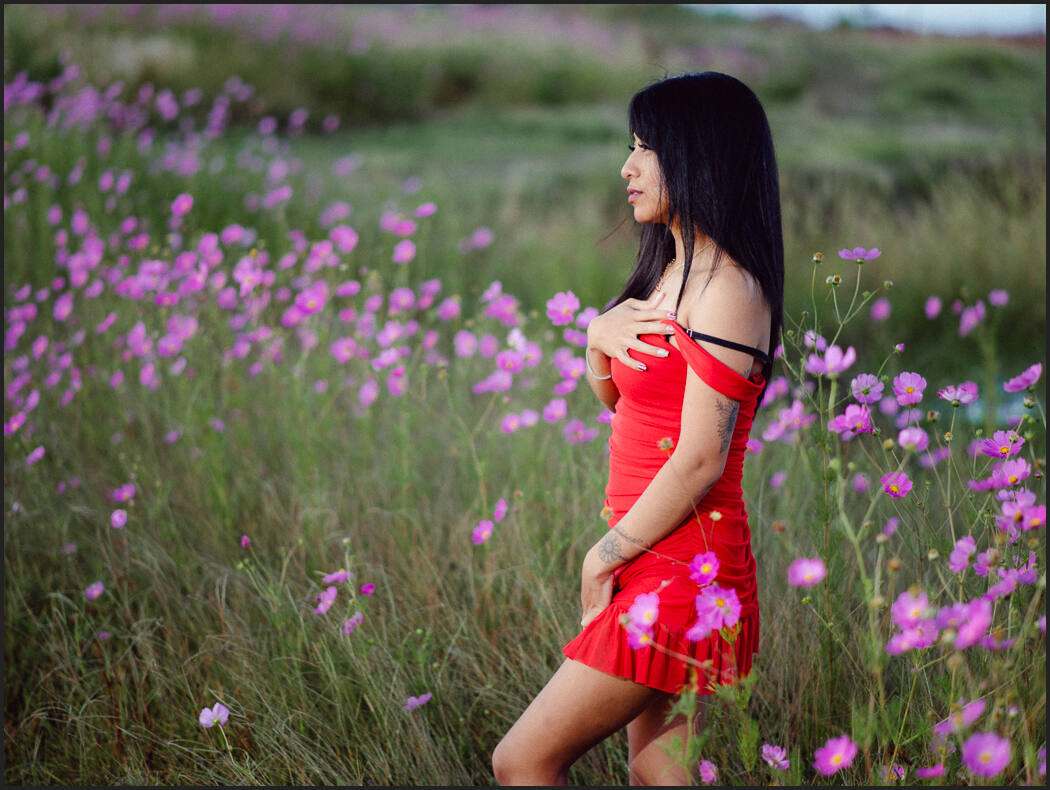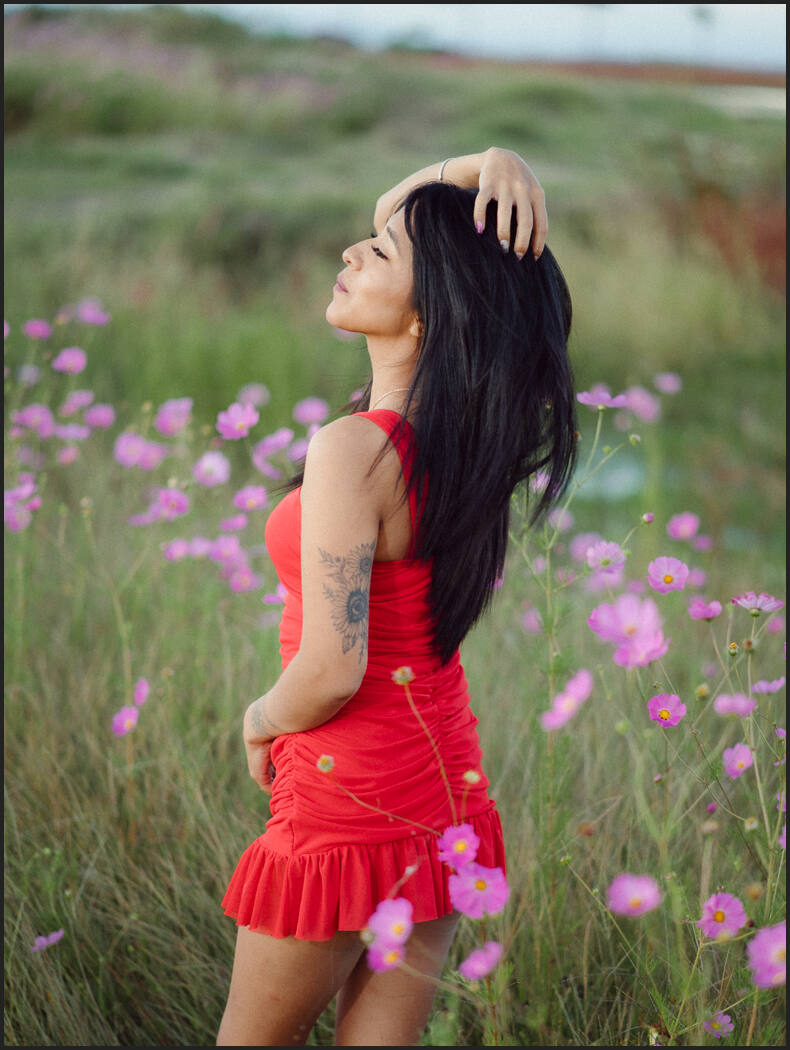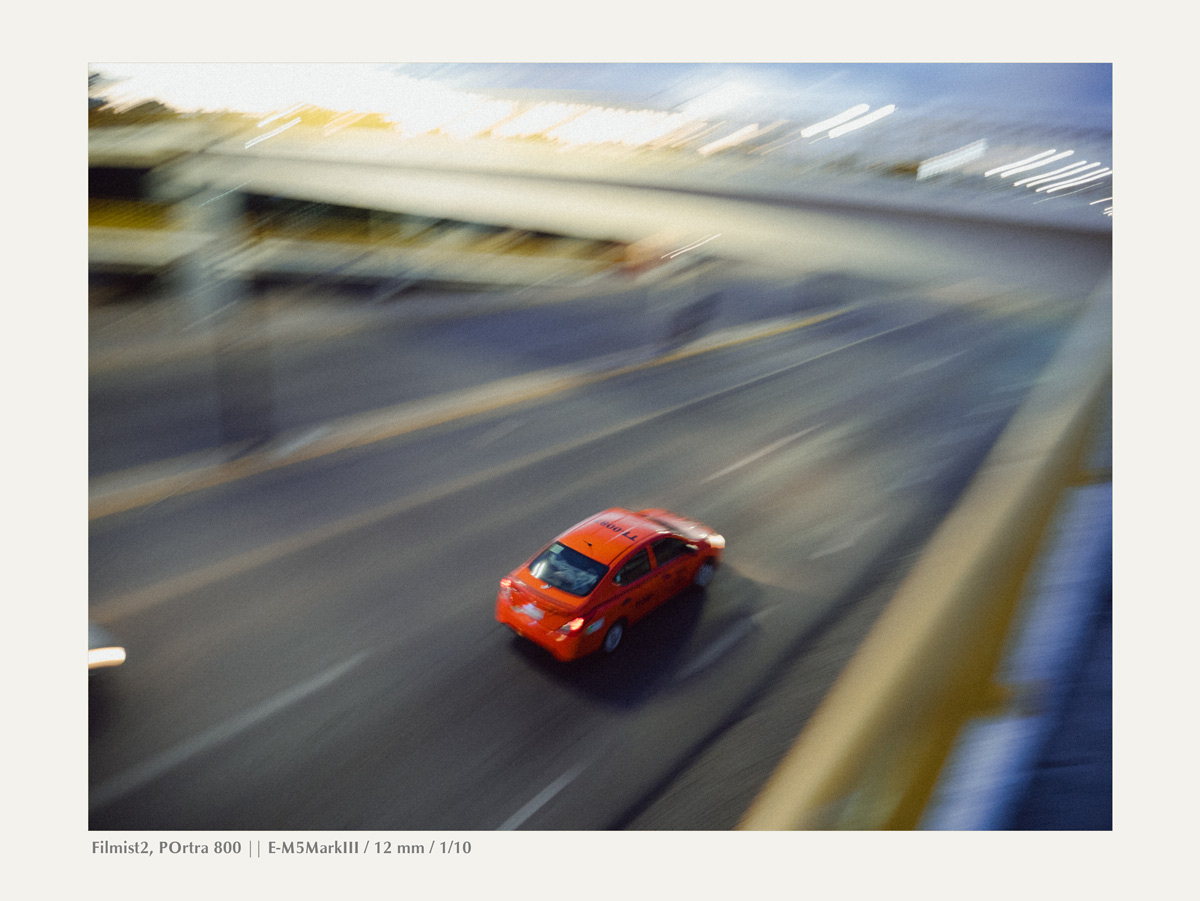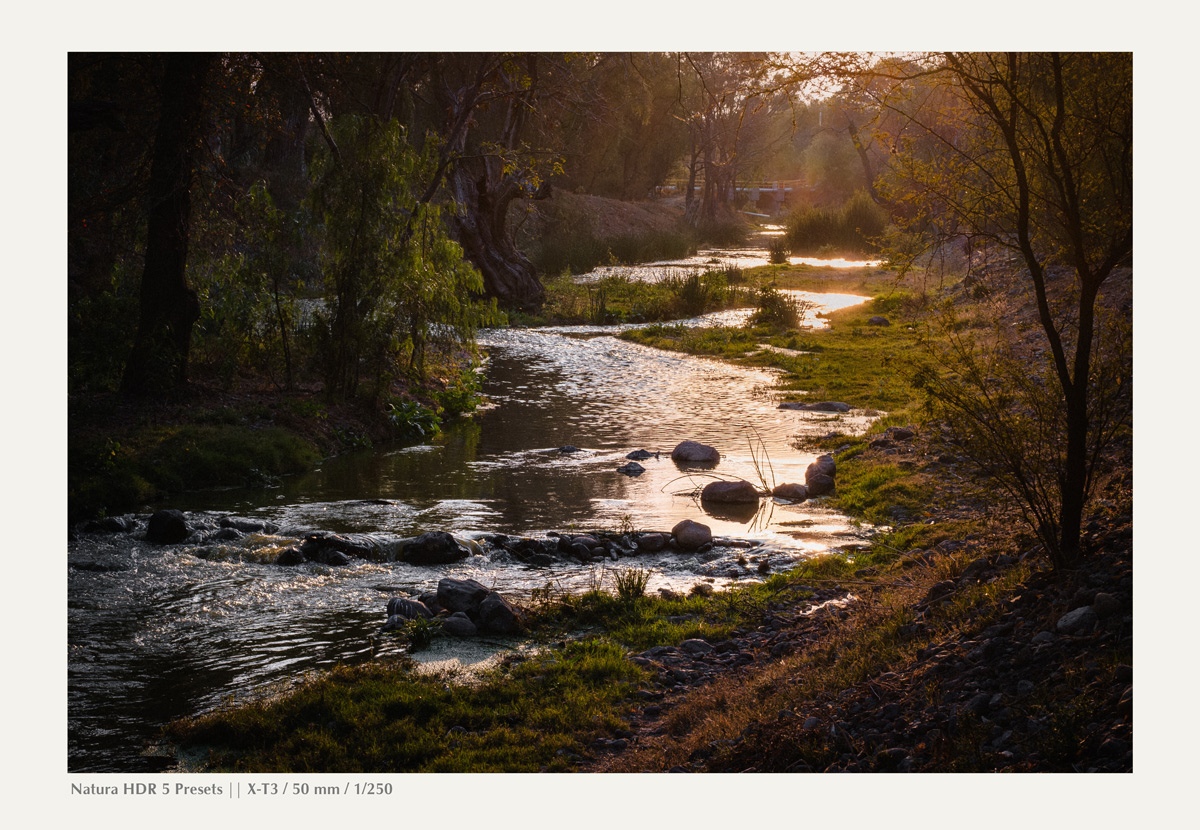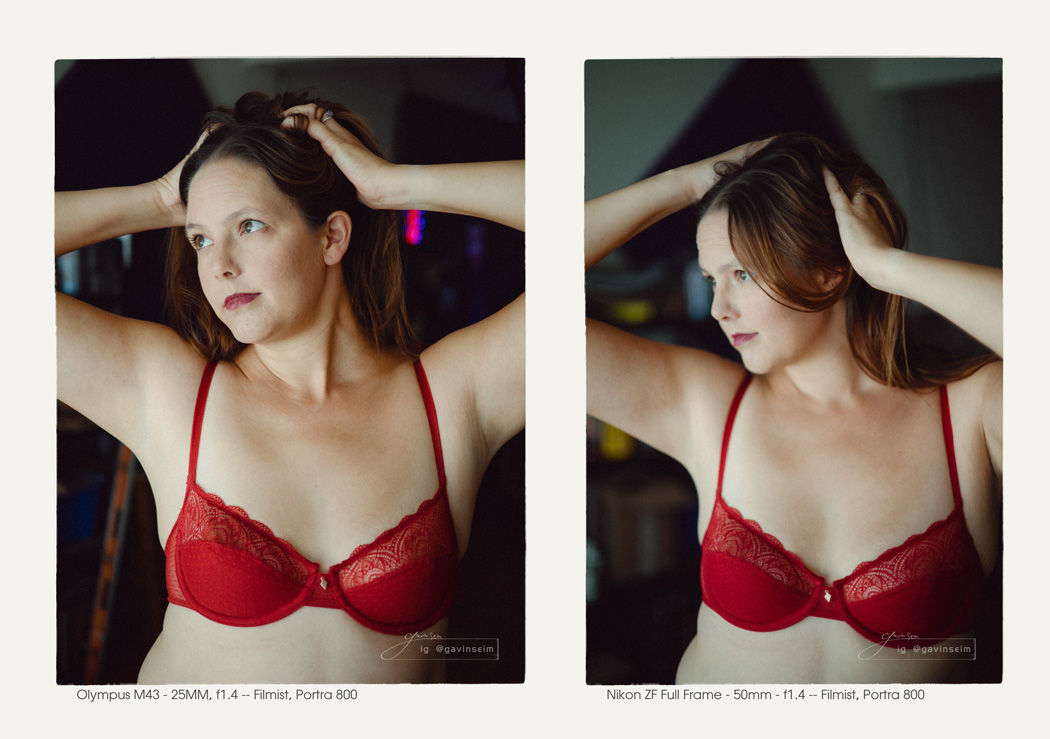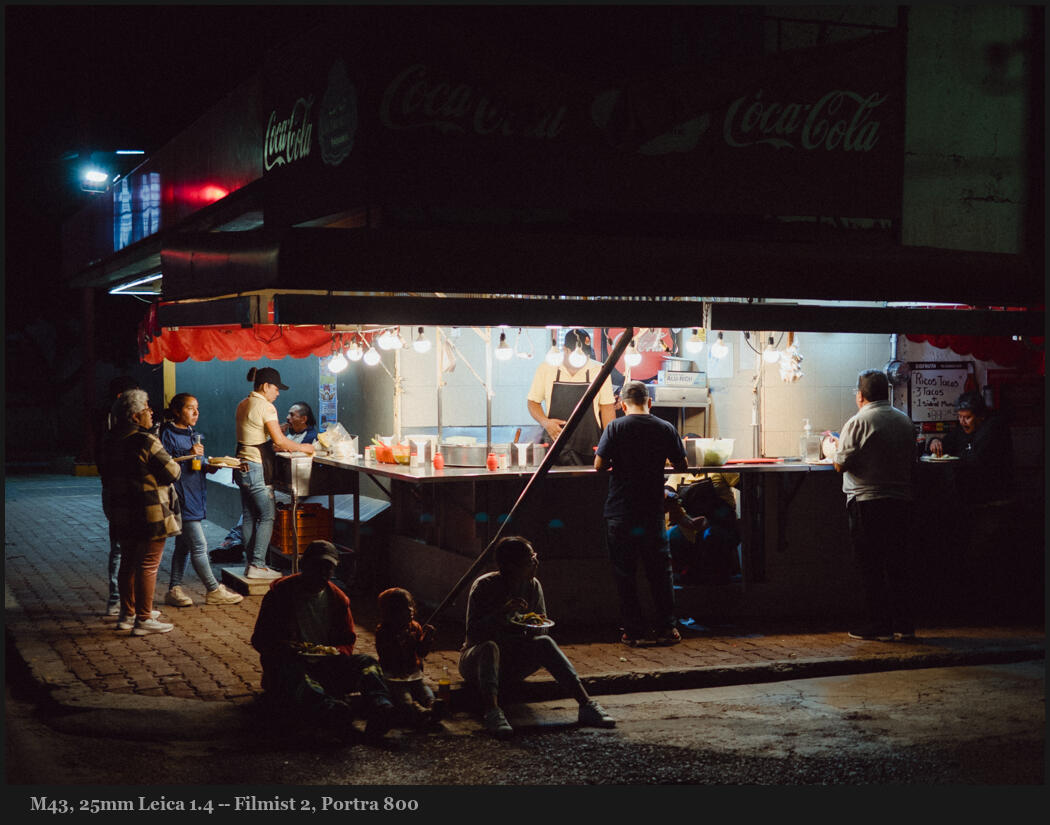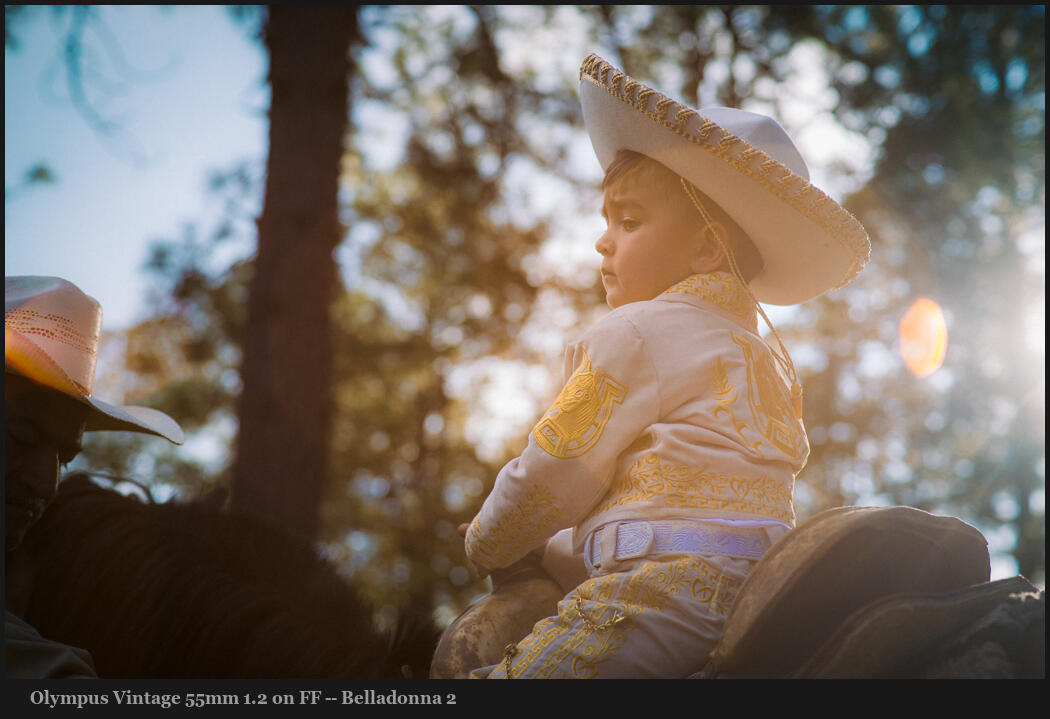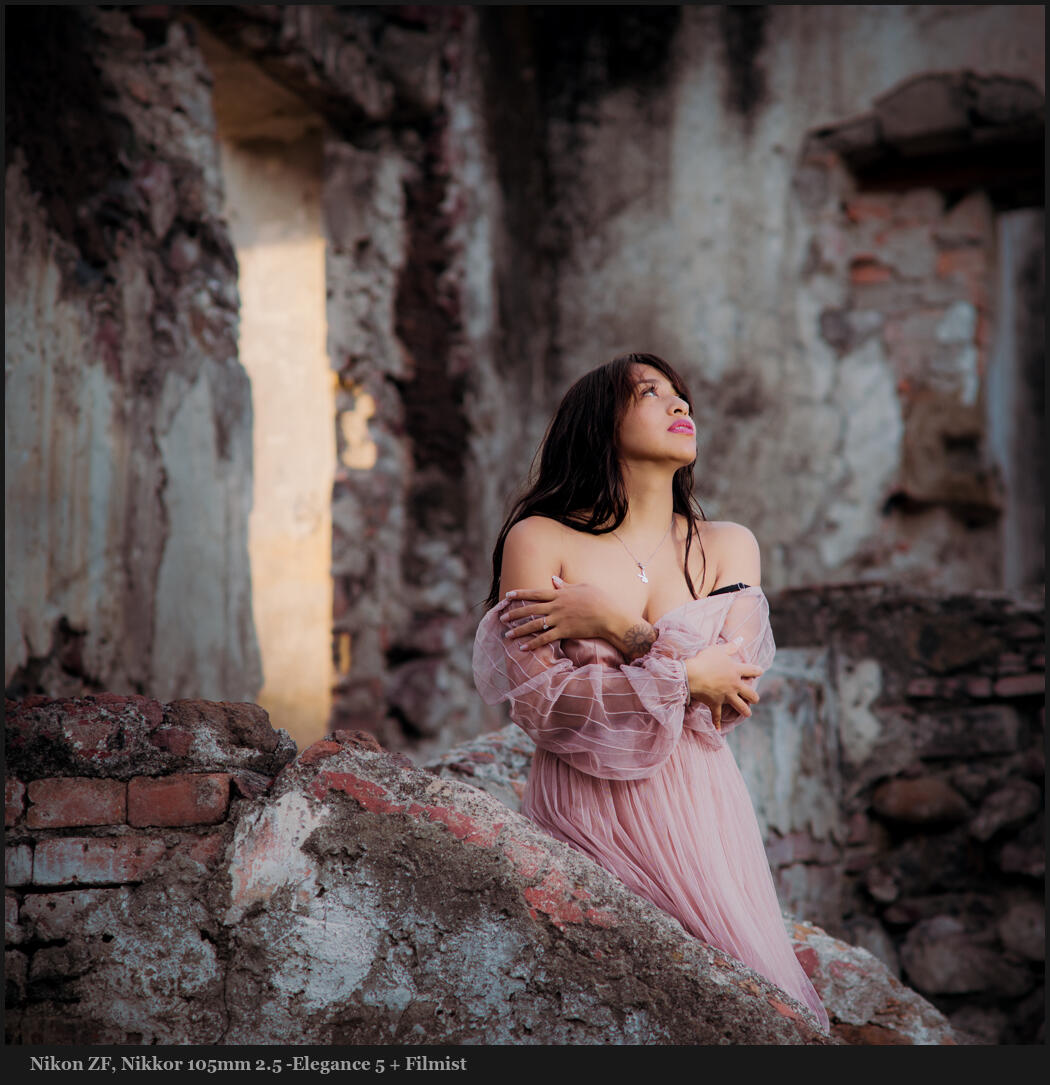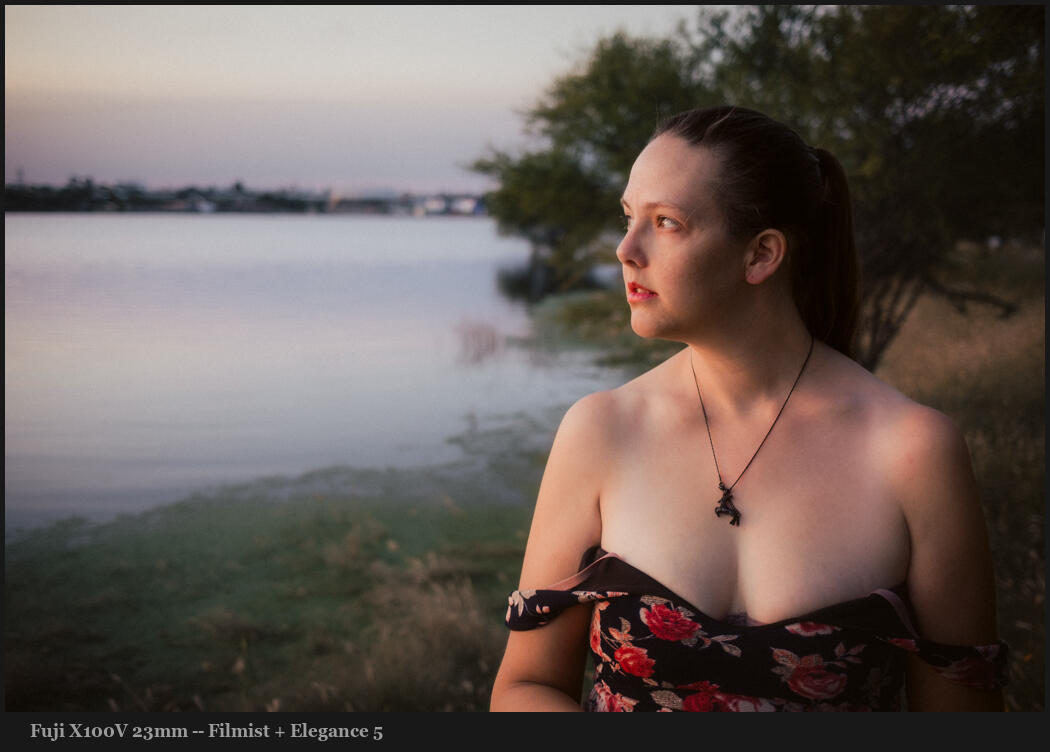Have you seen people scoff at the idea that they should learn photography before going pro? Only to have them asking next week how to fix the wedding photos they ruined?
If you don’t have the experience, don’t fake it.
I was called a gatekeeper. Here’s what I actually said.
I think Photography is one of the few jobs on earth where experts are called outdated gatekeepers if they try and promote professional standards.
I’ve spent decades challenging myself. I make master classes in photography. I also share my knowledge freely. In almost any skill industry. If you have LESS than 2-4 years of experience, you’re not pro-ready. In most fields, experts have to approve of you first.
Yes, in photography, you also NEED years of dedicated study or apprenticeship. You should NOT try to be a professional, worrying about what to charge for your work. You may have talent and some good photos. But you’re probably not ready, and that’s OK.
A nice camera will take a good photo. If you happen upon the perfect scenes, you will get it. But the perfect scene is not real life. Being a photographer is an understanding of space, position, line, and tone. And even more of interacting with people. Posing, sales, marketing.
I have 25 years of trial and error. We need time to practice. We are the joy of learning before insisting on going PRO. That’s why so many are ruining weddings or begging for help after sessions because clients are unhappy. They are doing a job they never learned.

Buying a stove does not make you a chef.
Then why does buying a cool camera make you a photographer? because we can fake it in Photoshop by using AI generation to add in the part we missed. That’s not a photo; it’s using someone else’s, while you send Adobe money for the privilege of faking it.
Being a professional or expert in a craft does not mean you simply bought the tools. It means you learned that trade. That this is divisive when in any other trade it’s normal, shows the profession has become TOXIC.
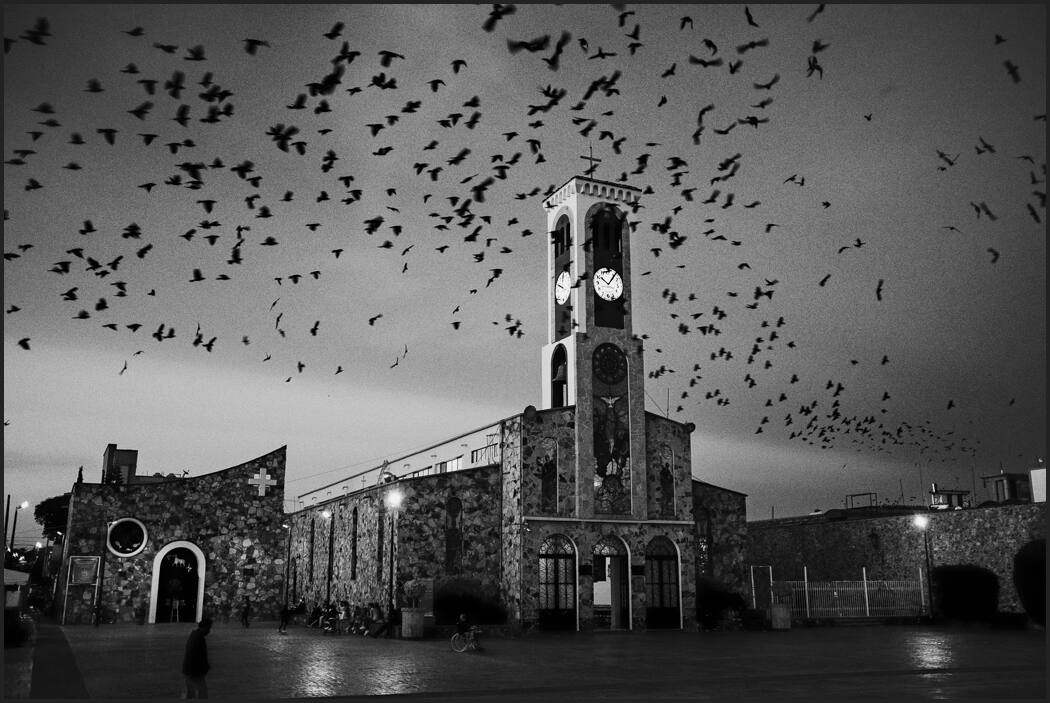
This was a respected profession – Now it’s barely taught!
The attitude that experience is something to be mocked because you got some great photos or someone paid you is dangerous. These photographers often burn out quickly because they never learn the trade as a whole and respond to any criticisms with scathing accusations of gatekeeping.
When I started, I practiced for over 5 years before I even started charging. This was normal in the early 2000s. I understand there’s no absolute rule here. But in a fix-it-later world, we get offended by the idea that we are not great artists NOW!
Half of the photos in this post have won awards at PPA international competitions. About as tough as it gets. But when I shared this on social media, they were called low quality by the photographers.
So can we no longer have any professional standards? Do we have to accept constant AI fakers from new photographers as master works because the internet likes them?

“You’re a gatekeeper Gavin! It’s subjective!
What is going on? I went deep into toxic Facebook groups to find out. In fact, this is a topic I started in the groups. It got hundreds of likes, but nearly every comment was defensive or trying to belittle my own work.
This Seattle photo from 2011 won a lot of prestige and awards for me. It also helped me understand. Talent can be natural, but skill still always takes time. Study and practice. Even when I officially became a master, I realized I was not nearly good enough.
Photography now is driven by selling new cameras that convince new photographers they will be amazing because of good gear. It’s helped drive an incredible amount of argument among new photographers, which in the end prevents them from learning the craft.
It’s easier to make decent photos than ever and harder than ever to stand out. It could be said that gear is being used as the real gatekeeper. When in reality, the camera matters very little.
Dare I say, good photos are not always subjective – I’m not saying the government should fix our profession. But we should stop pretending there are no standards. There are objective guidelines who what a good photo is and how to create it. Just like learning to make music or furniture.
Sure, it’s subjective. But there are guidelines. High-level competitions and judges force you to face how great your photos are. Like PPA’s international juried competitions. I was young and arrogant, also. I pitted myself against people with decades of experience and got my ass handed to me. I got upset, but when I got over that ego, I learned a lot and pushed harder and eventually became a master photographer myself.

Most viral photos today are AI fakery.
I don’t use Ai generation to create scenes. But these day you can get more likes in a photo of your camera than the photos it takes!
Because the viral photos are fake. They are created by Ai or partially created by Ai fill tools like in Photoshop. Yes. Doing any major portion of a photo this way makes it a fraud. You didn’t create that amazing background of a bowing dress. It was plagiarized from a photographer who did.
Real photos matter. Fake AI photos are not photos. But Adobe does not care because they get paid. So we have to demand proof of whether the photo is real. Because

It’s not bad to be a hobbyist.
I think this is the biggest point people miss. The idea that they are not ready to be a pro is an insult. If you fly a hobby plane, would you be offended if a commercial pilot said you were not ready to fly a jet?
Going pro can quickly take the joy out of a thing, and we’re always being pressured to turn our hobbies into a job. But slow down. As you improve, do things with friends. After a few years, maybe help someone who can’t afford a wedding photographer. Try things that are safe and learn like ANY other skill. Is it gatekeeping that you started playing violin last month, but are not invited to play in the Christmas concert?
This is not gatekeeping. It’s where we are as a profession. The time you study is now a hard rule. real photography should be. I share what I know and learn from others. Take the time to learn for real so you become a true expert. Learn the power of a well-crafted photograph. Because the AI bubble will burst.
Gavin Seim


